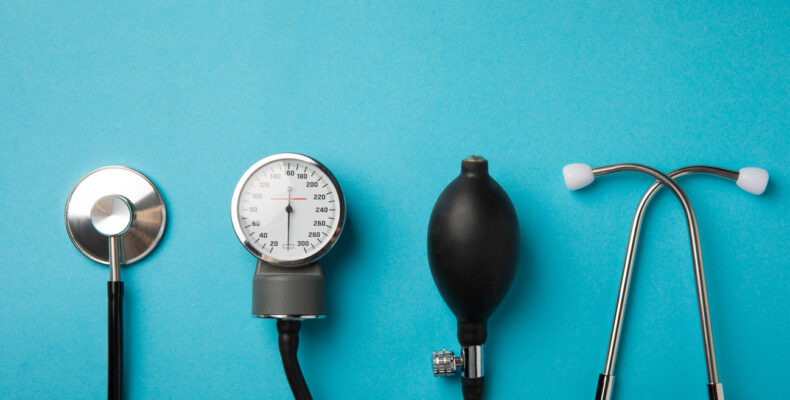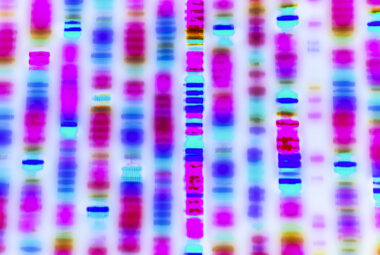
Is processing medical measurement data patentable?
Complications following a recent Board of Appeal decision
Certain categories are considered by the European Patent Convention to be either not inventions or not patentable. Mathematical methods, among other things, are not regarded as inventions as such (Article 52 EPC), while medical diagnostic methods are excluded from patentability (Article 53 EPC). A claim to a mathematical method to enable a medical diagnosis might therefore be expected to face difficulties at the European Patent Office. There are, however, usually ways of working around these exceptions to patentability, provided it can be shown that the claimed invention makes a technical contribution and, in the case of diagnostic methods, if carrying out the invention does not lead directly to a diagnosis.
The EPO Boards of Appeal (in T 2681/16) have previously taken the view that a mathematical method for a medical diagnosis (allowing blood glucose measurements to be processed so as to provide information about glucose variability over time to better predict glycaemic events) could be patentable provided the claim specified a sufficient number of measurements taken to justify the technical effect over its whole scope. The current EPO Guidelines for Examination also state that “providing a medical diagnosis by an automated system processing physiological measurements” (G-II 3.3) is one of a number of examples where a mathematical method could make a technical contribution. A method or system for processing already measured medical data to provide a new type of medically useful output could therefore be patentable if it can be shown there is a technical contribution. For an invention to be patentable, current case law and practice indicates that it is not necessary for the measurements themselves to be new, or even that the measurements are a necessary feature of the claimed invention, if it can be shown that processing data from the measurements results in a new output having a technical effect, for example in determining a property of the physical entity being measured that was not apparent before being processed.
A recent decision from the EPO Boards of Appeal (T 1741/22) has, however, strongly disagreed with the current state of affairs regarding mathematical methods for medical diagnoses. The invention in this instance also related to processing of blood glucose measurements, in this case to determine minimum and maximum glucose values to provide, in the words of the applicant, an improved analysis of glucose monitoring data. The applicant argued that the technical effect of the invention was not in a mere presentation of information (another category of non-invention under Article 52 EPC) but that new data was generated, which resulted in the improved analysis for guidance of a patient or physician. The applicant was therefore trying to steer a course between the non-invention of a mathematical method as such and the non-patentable medical diagnosis. Unfortunately, the Board of Appeal did not find this persuasive and considered that, although measurements themselves had technical character because they were based on an interaction with physical reality such as the human or animal body, subsequent processing of measurement data was predominantly of a non-technical nature and could not contribute to the technical character of an invention. The mere generation of new data was considered by the Board to be insufficient to contribute to the technical character of an invention because otherwise any mathematical method that generated new data could be patentable. The Board explicitly disagreed with the previous Board’s findings in T 2681/16, as well as the current EPO Guidelines for Examination, finding that providing an overall measure of glucose variability and prediction of glycaemic events did not amount to a technical effect because this was not a new measurement on the physical entity. This made the example provided in the Guidelines, in the Board’s view, “clearly erroneous”. As a result, the appeal against refusal of the application by the examining division was refused.
This recent decision by the Boards of Appeal casts doubt on whether it is possible to obtain a patent for a method or system that relies on a mathematical method to provide a medical output based on already measured data. If applied more widely, the decision would also make the patentability of inventions relying on data processing on already measured data in other fields at least questionable, which would be a serious concern for many applicants. For the time being, however, the clear conflict between this decision and the previous cited decision, as well as the Guidelines for Examination (which, as of the time of writing, remain unchanged) means that arguments in support of patentability of such inventions could still work. If, however, the conflicting decisions remains unresolved and further Boards support this new view, at some point there may be a referral to the Enlarged Board on the subject. Another possibility, however, and one that the author tends towards, is that this may be a ‘rogue’ decision that does not end up being followed and can eventually be set aside.
For further advice on this subject, please contact the author of this article or your usual Barker Brettell patent attorney.



